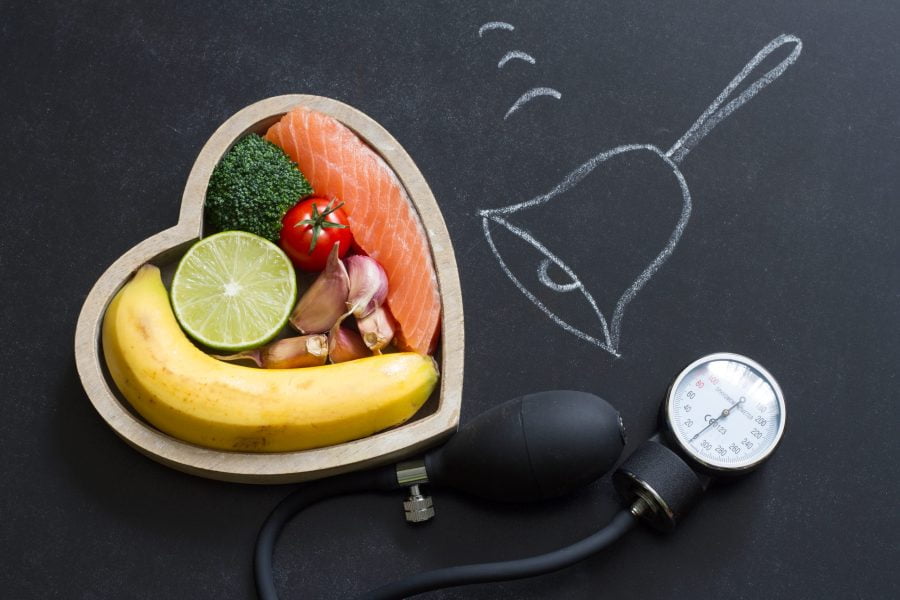Master your diabetes with mindful nutrition!
Diabetes management is critical to maintaining overall health and well-being for individuals with diabetes. While medications and lifestyle choices play a crucial role, the role of diet should never be underestimated. Incorporating the right foods into your diet can positively impact blood sugar levels and contribute to better diabetes management. In this blog, we’ll explore various foods that are helpful for blood sugar regulation.
Greens for Glory

Dark, leafy greens such as spinach, kale, and Swiss chard are packed with essential nutrients, including vitamins, minerals, and fiber. Their low Glycemic Index (GI) values mean they have a minimal impact on blood sugar levels. Plus, the high fiber content aids in slowing down digestion and absorption, helping to stabilize blood sugar levels.
Grains of Goodness
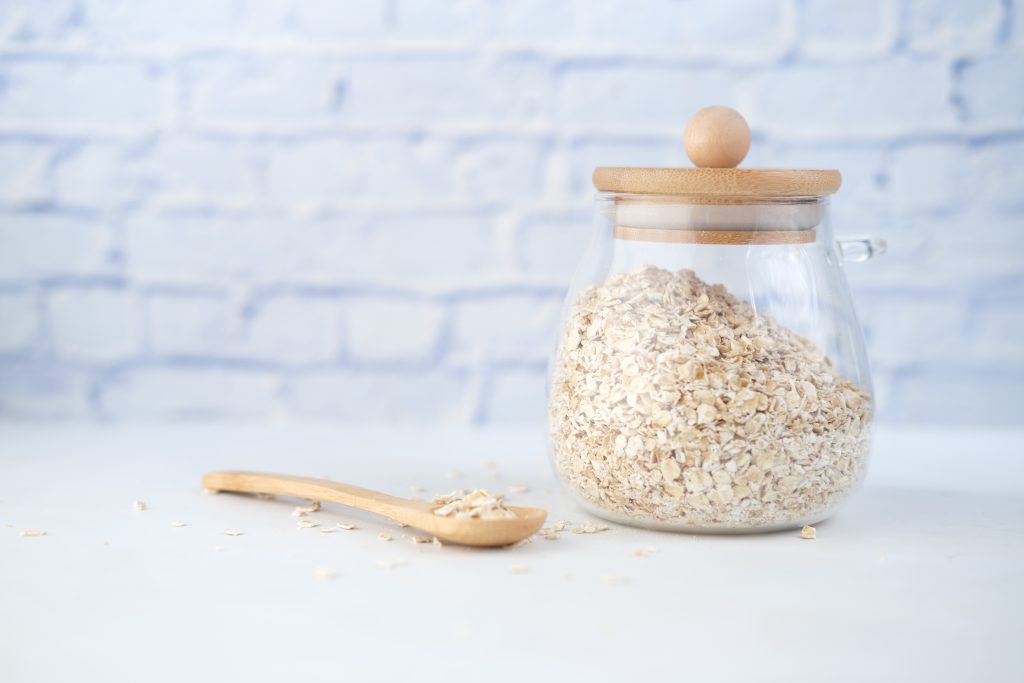
Opt for whole grains like quinoa, brown rice, whole wheat, and oats instead of refined grains. Whole grains contain complex carbohydrates and dietary fiber that can help regulate blood sugar levels by preventing rapid spikes. The fiber content also contributes to prolonged satiety, helping to manage appetite.
Legume Legends

Beans, red lentils, chickpeas, and other legumes are excellent sources of protein and fiber. Protein helps with muscle health, while fiber slows down carbohydrate digestion, leading to gradual increases in blood sugar levels after a meal.
Berry Bliss
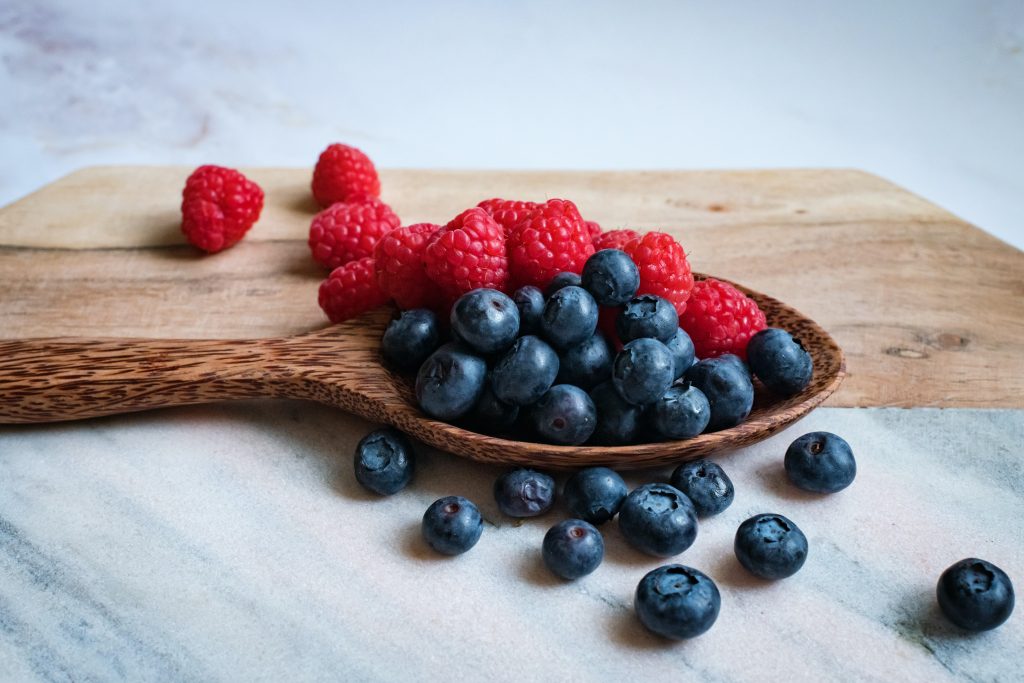
Berries like blueberries, strawberries, and raspberries are rich in antioxidants, vitamins, and fiber. Their natural sweetness is accompanied by a lower sugar content compared to other fruits, making them a smart choice for satisfying a sweet craving without causing significant blood sugar spikes.
Oceans Bounty

Fatty fish such as salmon, mackerel, and sardines are high in omega-3 fatty acids. These healthy fats are linked to improved insulin sensitivity and a reduced risk of heart disease, which is often a concern for people with diabetes.
Tiny Titans
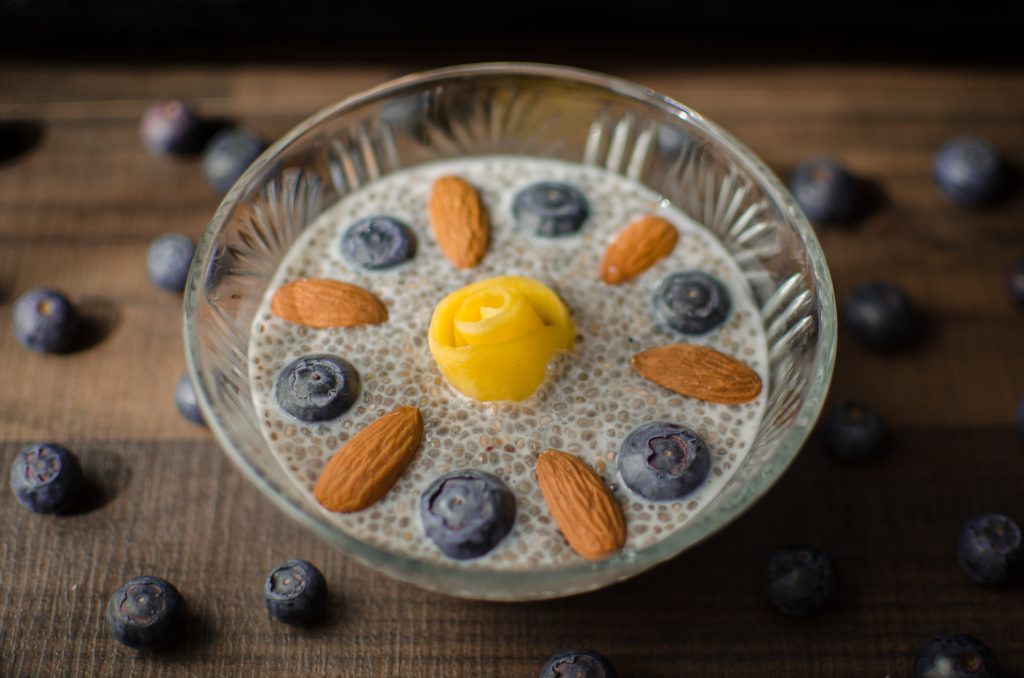
Nuts and seeds like almonds, walnuts, chia seeds, and flaxseeds are sources of healthy fats, protein, and fiber. They can help control blood sugar levels and provide a satisfying crunch to your meals or snacks.
Yogurt Symphony
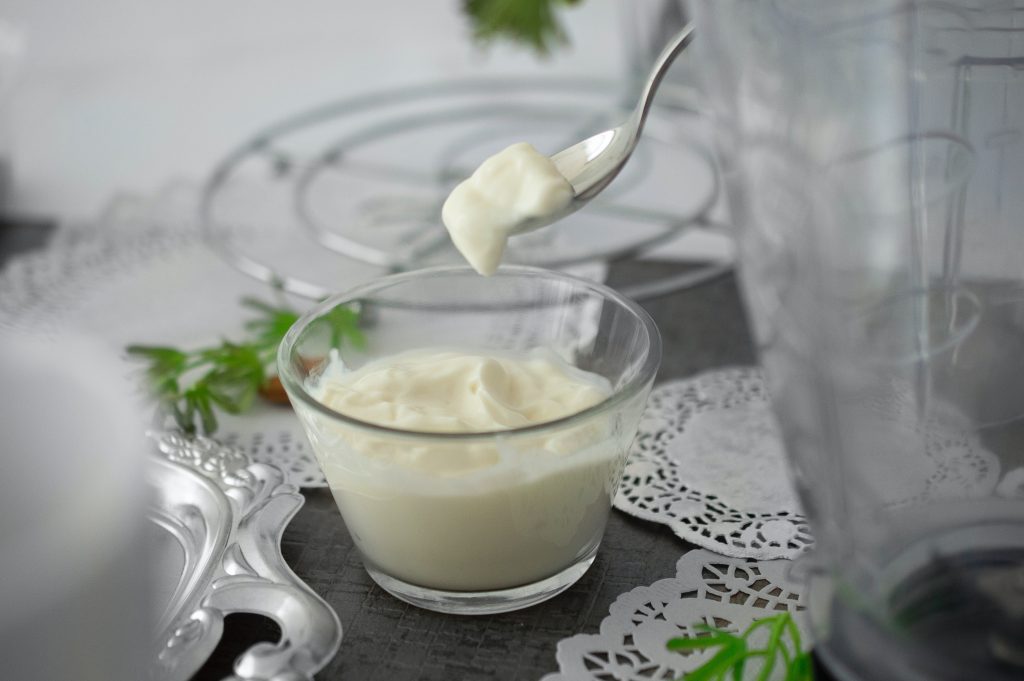
Greek yogurt is rich in protein and has a lower carbohydrate content compared to regular yogurt. The protein content can help stabilize blood sugar levels and promote feelings of fullness.
Flavorful Allies
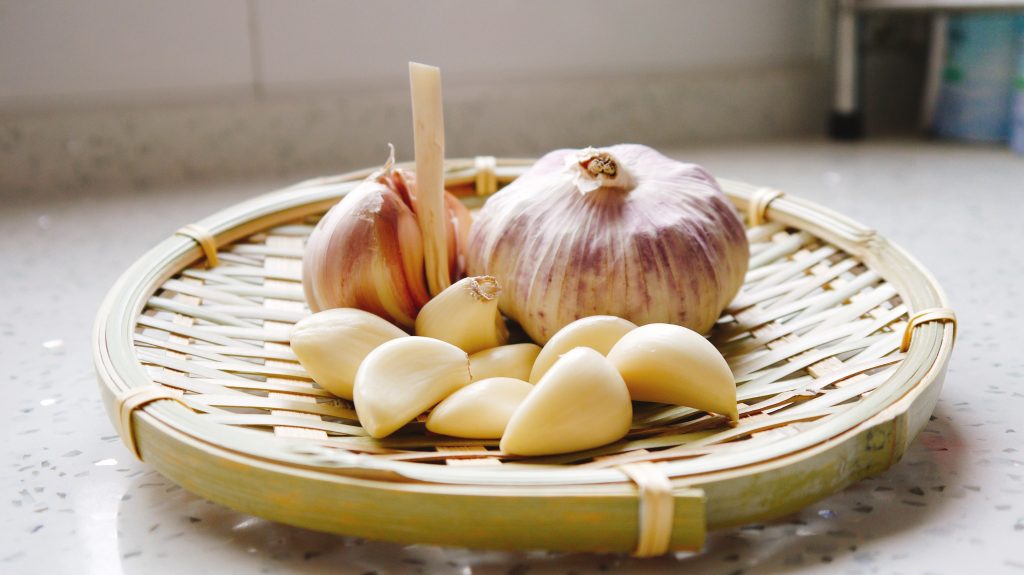
Garlic and onions contain natural compounds that may help lower blood sugar levels by increasing insulin sensitivity. They also add flavor to dishes without the need for excessive salt or sugar.
Creamy Crusader
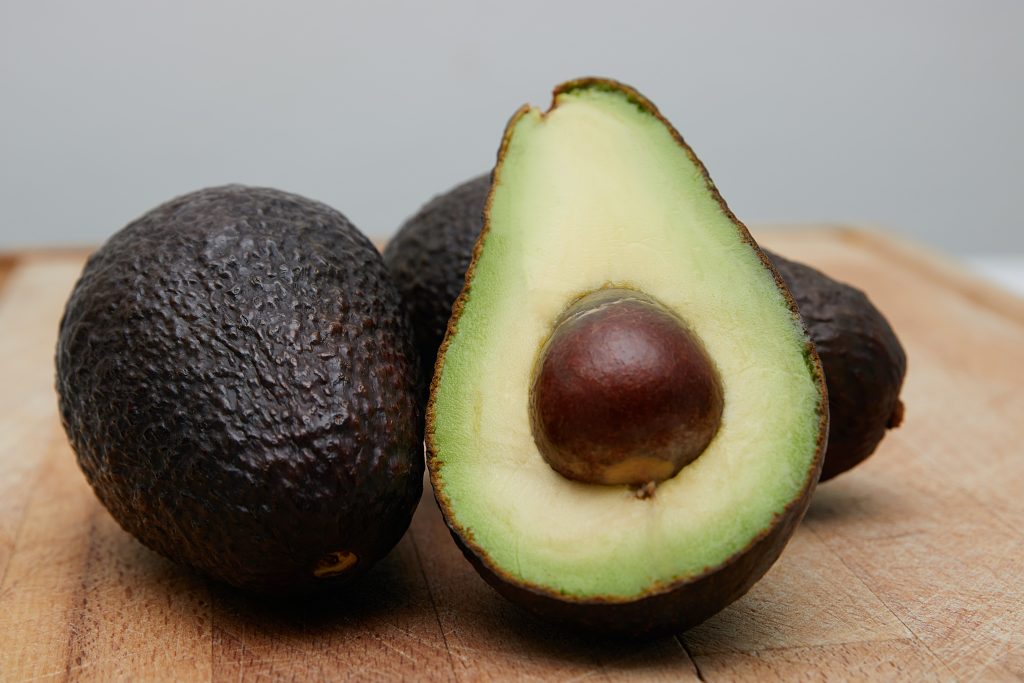
Avocado is a source of heart-healthy monounsaturated fats, which can help improve insulin sensitivity. Its creamy texture and nutrient density make it a versatile addition to salads, sandwiches, and more.
Supercharge Your Plate
offers a well-organized way to plan meals that help control blood sugar and overall health. At its core, the method involves dividing your plate into specific portions, each with a unique role in managing blood sugar levels. When you combine the Diabetes Plate Method with our chosen diabetes-friendly foods, you create a balanced and health-focused way of eating.
As you start this journey in the kitchen, remember that the Diabetes Plate Method is only a useful guide. It’s important to know that personalized advice from healthcare experts or dietitians is valuable in shaping your diabetes plan. Every time you cook a meal, you create a nourishing experience that shows how much you care about your health.
Empower Your Plate, Empower Your Health
When it comes to diabetes management, the importance of a balanced and thoughtful diet cannot be overstated. Incorporating foods low in sugar, high in fiber, and packed with essential nutrients can positively impact blood sugar control. Working with a healthcare professional or registered dietitian is always recommended to create a personalized diabetes management plan that aligns with your individual needs and preferences.
By making mindful food choices, you can take control of your health, one meal at a time!
Check in with the QDME Journal for new blogs and fascinating topics!

Follow Us!


